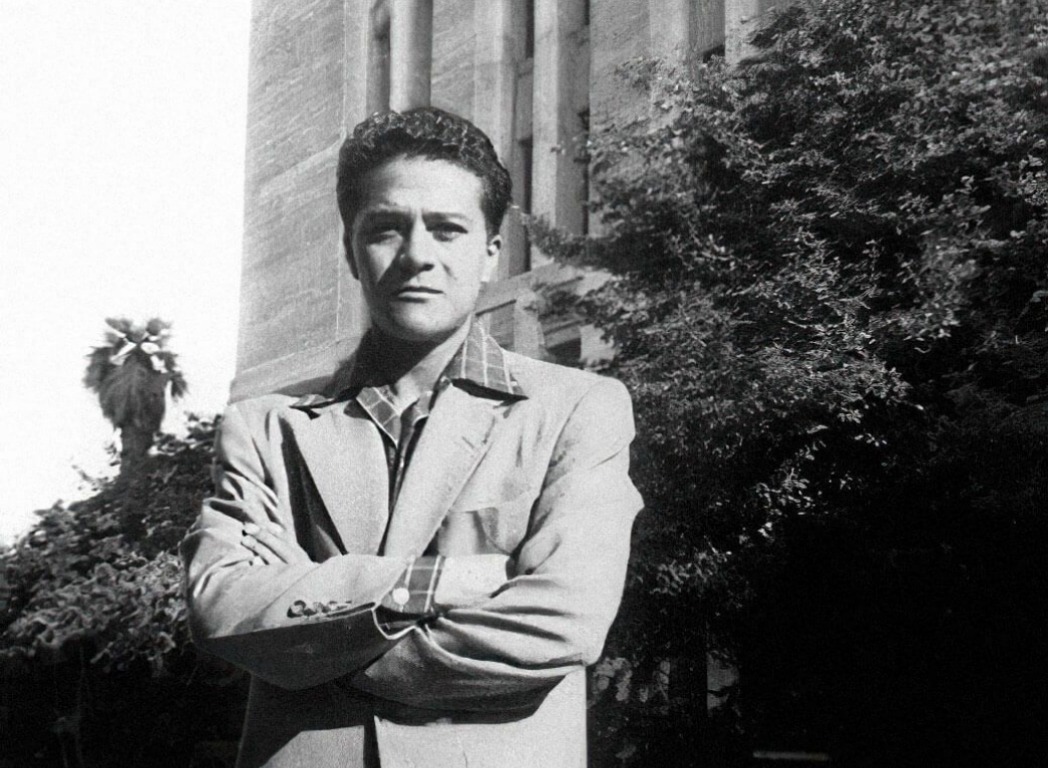Carlos Castaneda was a famous twentieth-century American writer, anthropologist, and mystic. He was born in South America, but spent most of his life in the USA. As The New York Times wrote after his death, his bestsellers “helped to define the psychological landscape of the 1960s.”
He left a legacy of twelve books, one of which – The Art of Dreaming – is dedicated to lucid dreams (LD), although the author himself does not use this term. Castaneda adhered to the esoteric, mystical side of the phenomenon. The story revolves around Don Juan, a shaman and Yaqui Indian from northern Mexico. According to Castaneda’s work, the art of dreaming is the gateway to infinity and the way for magicians to manipulate ordinary dreams.
Castaneda claimed that there are seven gates of dreaming (and the dreamer must open them all, in turn), but described only four of them:
1. The purpose of the first gate is to control the general course of events in the dream. Method: to see your hands in a dream (or any other object chosen in advance). The first gate is reached when you realize you are falling asleep or see a fantastically vivid dream.
2. The second gate is reached when you wake up from one dream in another dream.
3. The third gate is reached when you watch yourself sleeping within a dream. This requires you to be in your real room, see your real physical body, and then start moving.
4. In the fourth gate, you travel through the dream to specific places.
In his last book, Magical Passes, Castaneda emphasized the role of dreaming attention. Without it, as the author wrote, “practitioners could aspire at best, to have lucid dreams about phantasmagorical worlds.”
Are you closer to the mystical or scientific view of the LD phenomenon?
Carlos Castaneda’s books are available on Amazon.
Get all the latest news about lucid dreams via our channels on Telegram, Facebook, Twitter




